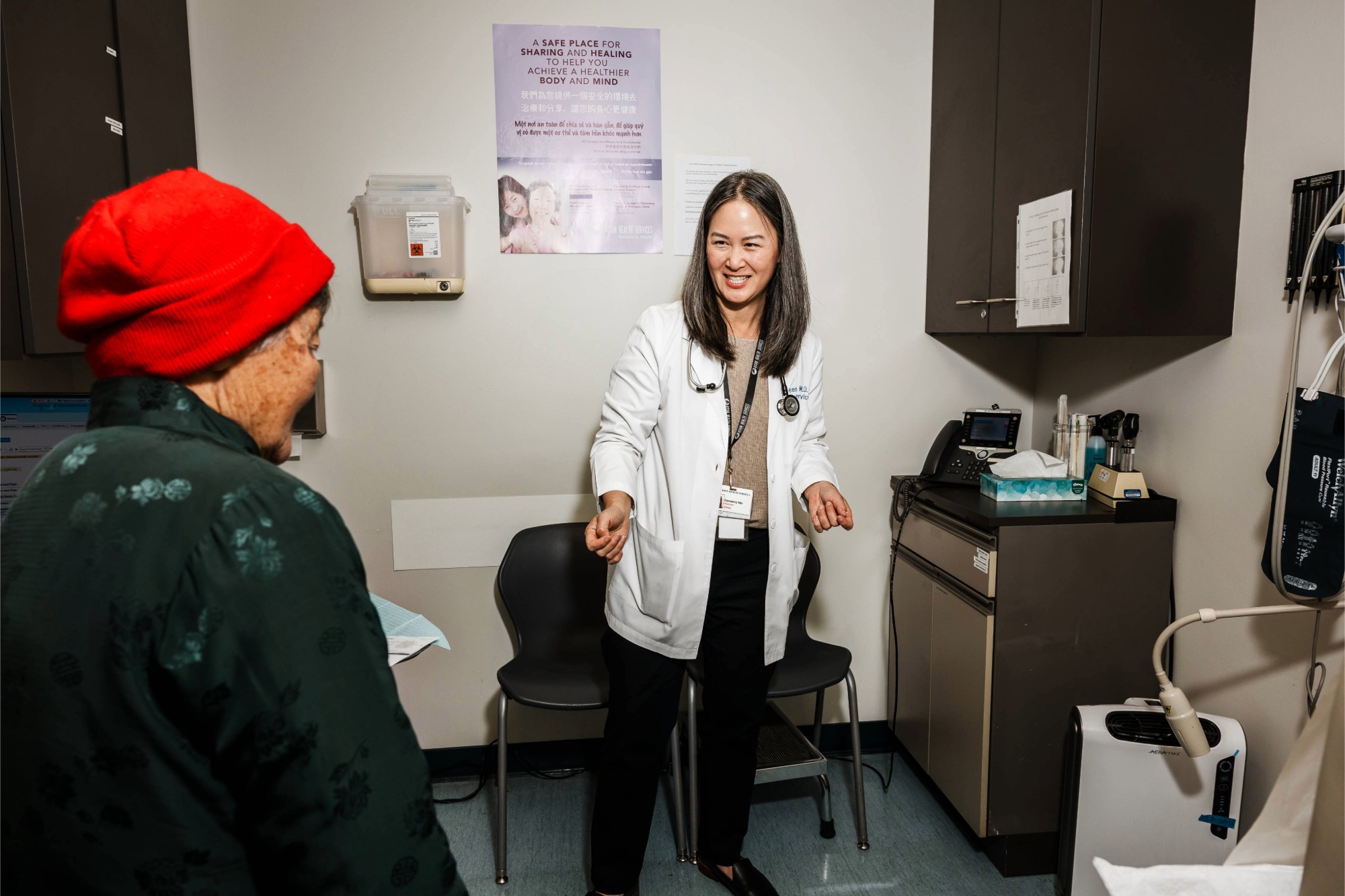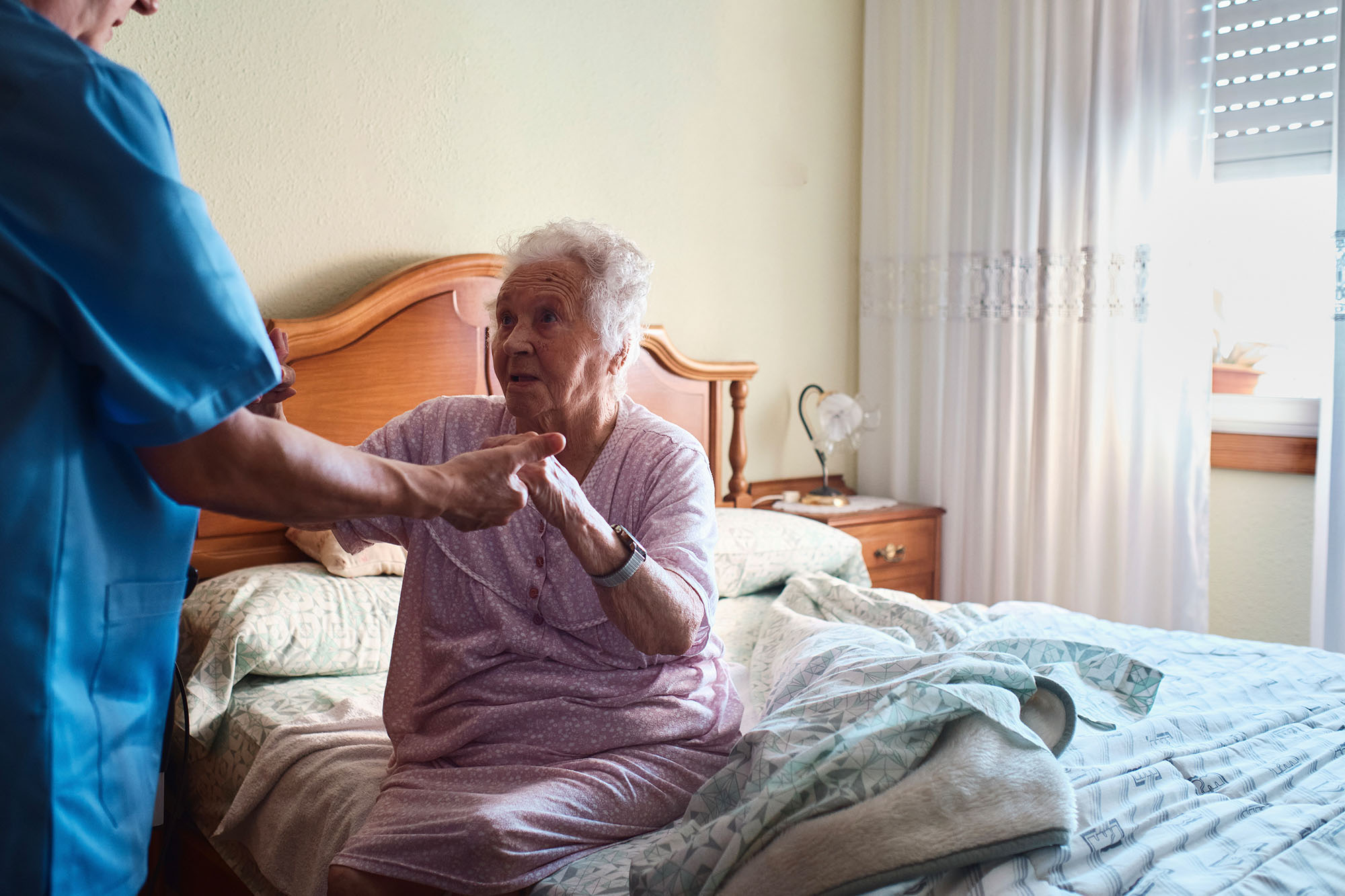Drivers of California’s Progress in Advancing Palliative Care
Many Californians living with serious illness now benefit from palliative care. This significant progress resulted from years of dedicated efforts led by multiple people and organizations including palliative care providers and clinicians, advocacy and education organizations, health systems, health plans, policymakers, and philanthropic organizations throughout the state and the nation. Although coming from different perspectives, these leaders pursued the common goal of improving care for people with serious illness. A subset of these leaders and organizations had a particular and important focus on people with low incomes and the diverse communities served by the state’s safety-net health care systems.
In the Field
Seven medical specialty organizations endorse palliative care:
Thanks to the visionary efforts of these leaders and organizations, many more Californians now have access to palliative care services. Although capacity data across all settings and payer types remain unavailable, the data that do exist show that 88% of California’s public hospitals have inpatient palliative care programs, 71% of California’s public hospitals offer outpatient palliative care services, and California’s Medi-Cal managed care plans (MCPs) are required by law to provide palliative care services to a specific member population. Also, four of the largest health plans in California — Kaiser, Anthem Blue Cross (Elevance), Blue Shield of California, and Health Net — provide home-based palliative care to qualifying members.
To support this growing capacity, California has more specialty palliative care providers, and providers with training in generalist palliative care (see Workforce Development page for definitions), compared to previous years. Currently, the state has 13 fellowship programs accredited by the Accreditation Council for Graduate Medical Education, and professionals from seven disciplines can obtain specialty certifications in palliative care.
Palliative care has transitioned from a relatively unknown specialty to one well recognized within the health care community. As a result, seven prominent health care specialty organizations now endorse palliative care as the standard of care for seriously ill patients (see “In the Field” box).
Five key drivers played a critical role in advancing palliative care (PC) in California. These drivers were identified through interviews with experts in the field and through the California Health Care Foundation’s knowledge of particular initiatives that have contributed to advancement of the field. These drivers of progress are meant to inspire reflection and to offer insights for future strategic planning endeavors. Note that they do not constitute an exhaustive list.
Key Drivers of Progress in California

1. Policy Change — Policy changes facilitated payment for palliative care for both adults and children, and enhanced end-of-life care communication and preference documentation practices.

2. Collaboration — Peer learning communities, payer-provider partnerships, and regional coalitions encouraged knowledge sharing, joint problem-solving, and maximizing program effectiveness.

3. Focus on Quality — The availability of technical assistance, data registries for quality improvement, national consensus guidelines, and accreditation and certification programs enabled palliative care programs to focus on quality.

4. Demonstrating Value — The evidence base and value case for PC continued to strengthen, showing that palliative care improves patient symptoms, quality of life, and patient and family satisfaction; promotes greater clarity in patient goals of care; reduces unnecessary hospitalizations and emergency department visits; and mitigates overall health care costs.

5. Workforce Development — Pathways to becoming a certified specialty palliative care practitioner increased substantially, as did avenues for gaining generalist palliative care training.






